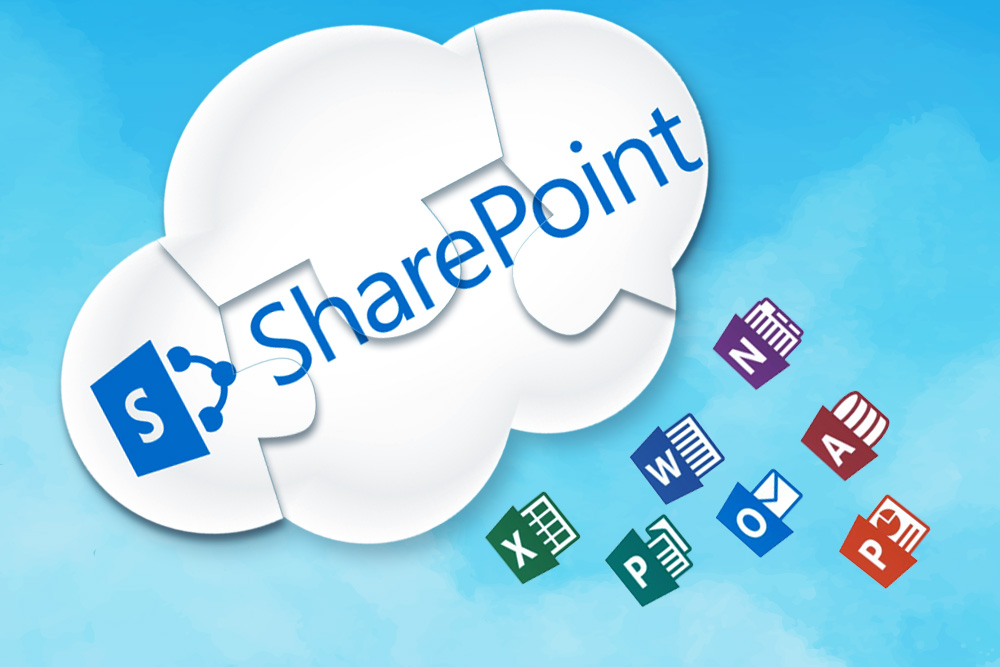
An Overview On SharePoint And Hybrid Clouds: What Benefits Do They Bring?
An honest observation from : It looks like organizations are eager to migrate most of their SharePoint workloads to cloud services. That’s why we are wondering, “Why did Microsoft devise a ‘hybrid architecture,’ and how will businesses benefit from it?”
The truth is that many organizations can transfer some of SharePoint’s functions to the cloud, while some even function well if they remain in on-premises SharePoint. Here are things to Consider in SharePoint to :
Security
It seems that the most commonly stated reason for keeping data on-premises is its relative safety. However, in reality, there seems to be less danger in the cloud. And, if businesses use a hybrid model, they will have to practice procedures as if they have fully migrated to the cloud.
Compliance
Some regulatory requirements are much more practical to achieve in the cloud. Let’s say, for instance, RMS is often required for compliance; and, in the cloud, this type of configuration can be disregarded.
Being Able to Customize
In reality, there are tasks that are more suitable for cloud hosting than others. A number of businesses have dedicated a portion of their budget to a highly customized Intranet and it seems that most are in an older version of SharePoint.
The Ability to Integrate into a Line of Business
Users are used to rapid intranet load speeds, which may be hard to achieve via cloud hosting. Also, performance may be a challenge, if you have any line of business integration in mind.
Cloud Migration?
Team Sites are, most of the time, quite direct in their configuration and use unique designs. This is a situation where an organization might decide to migrate and/or adopt a hybrid model and retain their intranet on-premises. An additional benefit of a gradual or partial migration is that end-users, IT pros, and web developers will begin to adopt the new ways of working over a period of time.
One of the main challenges keeping organizations away from using the hybrid model is because it is quite technical to use. From a user perspective, the integrated search is probably the strongest edge. However, shared services in a hybrid environment need to be set up. And afterward, once these are set up, the search software needs continual access to the source data; so the organization is going to require complex firewalls to allow official access while preventing outside hazards.
Is It Worth It to Upgrade… Then Afterwards, to Move?
Do you think that the on-premises version of SharePoint creates a difference to the decisions that were already made about going hybrid? Microsoft’s “cloud-first” prototype as well as the latest mechanism for upgrades, is predicted to bring a crucial degree of robustness. And so, we may expect lower prices of ownership to SharePoint in the coming years. So in general, what we suggest is that most organizations should upgrade their systems before they decide to implement the migration to hybrid architecture.
Recent Posts
- How Does GPON Improve Network Efficiency?
- What Are The Advantages Of GPON?
- What Are The Benefits Of IT Outsourcing?
- What's The Deal With Ransomware Attacks?
- Are GPON Providers Widely Available?
- What's GPON's Impact On Bandwidth?
- Why Is Multi-Factor Authentication Important?
- How To Ensure Data Privacy Compliance?
 Blogs
Blogs Infographics
Infographics Videos
Videos Podcasts
Podcasts Case Studies
Case Studies Call For Quote
Call For Quote